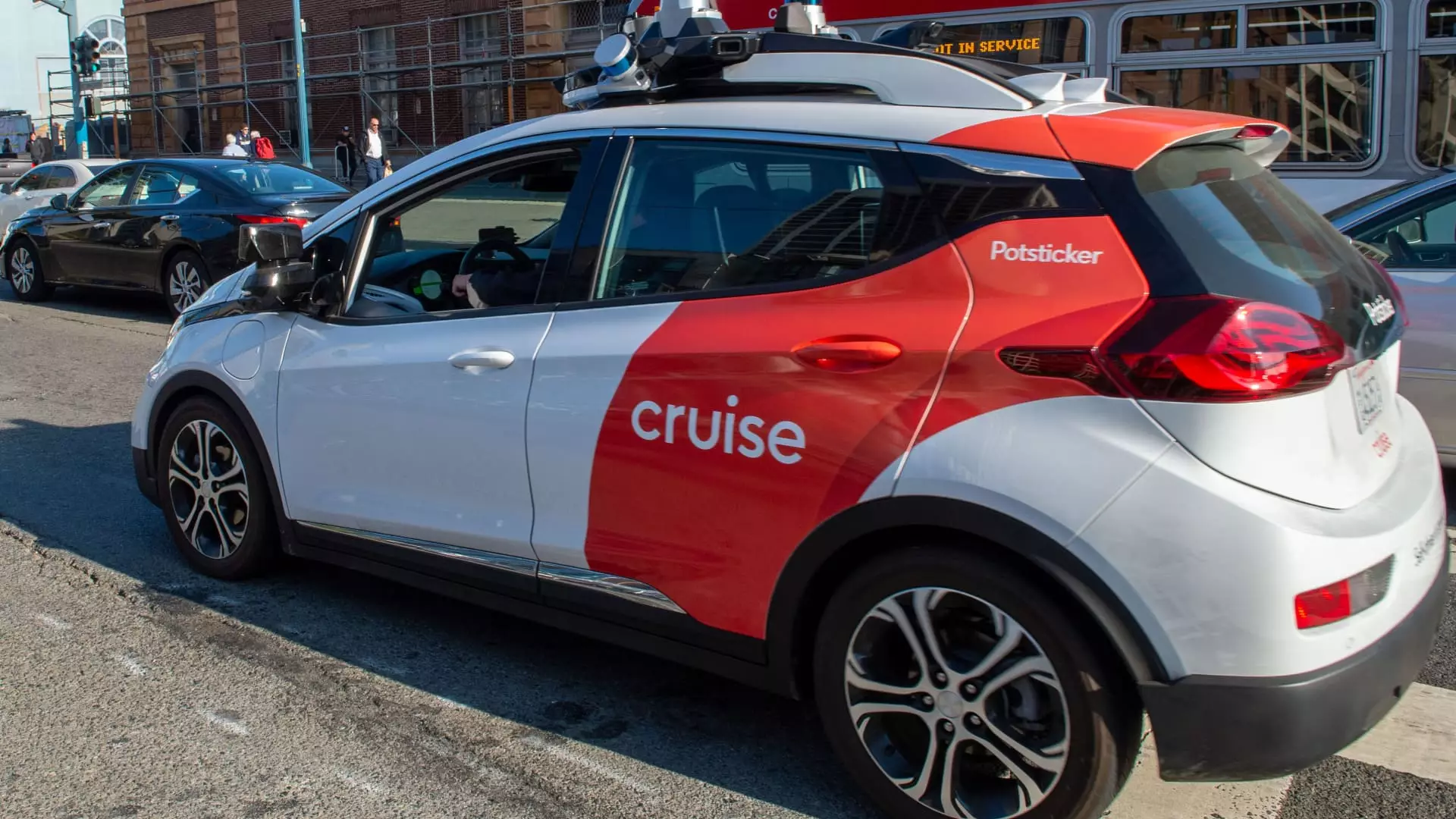General Motors (GM) has made a remarkable pivot in its business strategy, leading to substantial failures within its self-driving subsidiary, Cruise. The announcement that Cruise will lay off around 50% of its workforce marks a significant turning point for a company that once envisioned an expansive future with its robotaxi venture. Since its acquisition of Cruise in 2016, GM invested over $10 billion into developing autonomous vehicle technologies, showcasing a commitment that seems to have faltered dramatically in light of recent developments.
Cruise, which previously employed around 2,300 individuals, has notified staff of drastic cuts in personnel. This strategic move aligns with GM’s recent shift away from the ride-hailing market to concentrate on integrating autonomous technologies into personal vehicles. This reflection of the operational reassessment underscores not just the economic considerations but also the challenges faced in the broader self-driving sector, which has encountered significant hurdles in achieving regulatory compliance and public trust.
The layoffs at Cruise—a move publicly acknowledged in an email from President Craig Glidden—serve as an admission of the inadequate strategies employed in previous operations. With roughly 88% of the remaining employees engaged in engineering roles, the move is indicative of a narrowed focus on refinement and practical application of autonomous vehicles rather than the ambitious robotaxi ambitions. Glidden’s statement emphasized that the company is grateful for its departing employees’ contributions, showcasing a bittersweet gratitude overshadowed by the necessity of rapid restructuring.
Providing severance support, including eight weeks’ pay alongside extended benefits for long-time employees, points to the company’s attempt at mitigating the fallout from these layoffs. However, these measures cannot hide the fact that operational redundancies often lead to diminished morale amongst remaining staff and could hinder productivity during a critical phase of realignment.
The turmoil at Cruise extends beyond mere financial reassessments. In January 2024, findings from a third-party probe outlined serious concerns regarding the company’s internal culture and leadership. Issues of ineptitude and a lack of transparency were cited, raising questions about the competence of management in navigating both regulatory environments and operational challenges. The probe’s findings were particularly sobering, particularly given the backdrop of the October 2023 accident—an incident that not only damaged the company’s reputation but also led to serious regulatory scrutiny.
With the departure of several key executives, including CEO Marc Whitten, it appears that Cruise is now intent on establishing a more stable and effective leadership structure. However, the recent history of cover-ups and regulatory mismanagement suggests that this renewed focus on governance will need to undergo substantial reform to regain public and governmental confidence.
The transition from pursuing a robotaxi service to emphasizing personal autonomous vehicles reflects a larger trend among automotive manufacturers. In an era defined by accelerating technology and changing consumer expectations, GM’s redirection demonstrates a recognition that investing heavily in public autonomous transit may not furnish the returns initially anticipated. The failed experiments in commercializing robotaxi services highlight a cautionary tale of overreach without the infrastructure readiness to support such endeavors.
Cruise’s strategic adjustment is significant not only for GM as a corporation but also for the larger narrative of how self-driving technology is deployed and accepted in society. The operational constraints, alongside bureaucratic challenges, have exposed cracks in what seemed a revolutionary concept. Rather than surrendering to the failure of its original vision, GM is now honing in on developing technologies for personal vehicle autonomy—an arena that could potentially yield both short-term profitability and long-term consumer trust.
General Motors’ decision to downsize Cruise is emblematic of both a failure in execution and an acknowledgment of the realities of the self-driving car industry. Through financial investment interspersed with leadership challenges and cultural setbacks, Cruise has faced significant hurdles. As the company gears up to re-focus its efforts on personal autonomous vehicles, the path forward remains laden with challenges, but with the potential for innovative breakthroughs in a rapidly evolving automotive landscape. The ability to navigate this tumultuous transition will be critical to GM’s reputation and its future in the autonomous vehicle market.


Leave a Reply